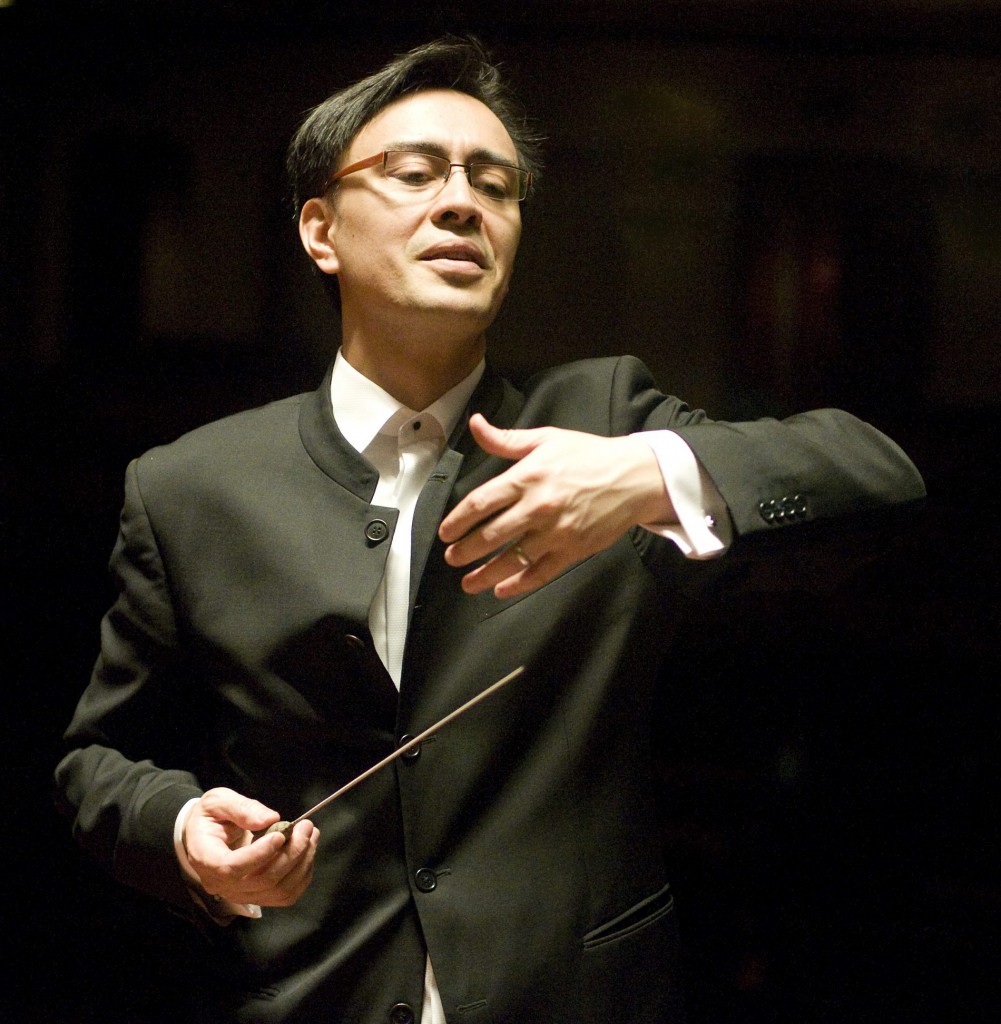Masur, BSO fete Harbison in mostly Russian program
John Harbison remains a fixture in Boston’s musical firmament. With its eclectic mix of jazzy rhythms and Bachian austerity, his music has never fallen out of fashion among the city’s musical organizations.
This season, however, is special. As many ensembles are celebrating the composer’s 80th birthday, frequent performances of his music reveal why he is perhaps the city’s most important musical citizen.
Hearing Harbison’s early symphonies this season promises to be a particular treat. The New England Philharmonic will open its season next week with the composer’s Symphony No. 1. And the Boston Symphony Orchestra, for whom Harbison wrote his First, Fifth, and Sixth symphonies, will perform his Symphony No. 2 in January. The Boston Symphony Chamber Players will even dedicate a program to Harbison’s chamber music that same month.
The season-long birthday bash kicked off Thursday night at Symphony Hall, where associate conductor Ken-David Masur led the Boston Symphony Orchestra in Harbison’s Remembering Gatsby, the outlier of a mostly Russian program.
Though a short curtain raiser that lasts eight minutes, Remembering Gatsby (1985) threads together disparate musical elements from Harbison’s 1999 opera. The Great Gatsby. Brash dissonances and a jazzy tune reminiscent of 1920s cocktail parties appear in jarring combinations. It’s a technique that makes Harbison’s music intriguing, and listeners are left to marvel at the seeming disconnect. Yet Harbison draws the musical tension through to the end, where the dissonances even begin to bounce with a jazzy groove. But the schmaltzy tune ultimately triumphs, and the piece ends in quiet contemplation.
Thursday’s performance was sweeping and dramatic. Masur built Harbison’s thorny lines into imposing harmonies. Elsewhere, the conductor’s swift baton drew out bold statements that had the power of a big band brass section. The audience responded enthusiastically, and the composer received a warm on stage ovation.
In Rachmaninoff’s Piano Concerto No. 1, which spotlighted pianist Garrick Ohlsson Thursday night, different musical elements didn’t always result in a satisfying whole.
Though not as well known as his subsequent concertos, the First, written when Rachmaninoff was eighteen (revised in 1917), nevertheless captures hints of the composer to come. The structure of this music, though, doesn’t hang together, and the concerto’s brilliant technical passages seem to be placed in the work for showmanship alone. But there are moments of sweeping melody that look ahead to such memorable tunes as the Variation 18 in Rhapsody on a Theme of Paganini.
Ohlsson’s performance made a strong case for this off-kilter concerto. His firm technique brought sparkle to Rachmaninoff’s knotty filigree, and his brisk tempos added urgency to the opening cascade figures. Both spacious and hauntingly distant, Ohlsson’s playing in the second movement complemented the BSO winds and strings. The heart of the finale is another slow passage where Ohlsson, with creamy tone, captured the music’s tenderness and grandeur. Masur drew sensitive accompaniment that was well attuned to Ohlsson’s every phrase. Tempos ebbed and flowed gracefully, and the conductor, with a fine eye for detail, drew out the elegant wind and strings solos.
As an encore, Ohlsson offered Rachmaninoff’s yearning Prelude in C-sharp minor, Op. 3, No. 2.
The second half of the program was dedicated to excerpts from Prokofiev’s Romeo and Juliet.
With his trademark mix of biting sarcasm and captivating melody in his ballet suites, Prokofiev effectively captured the teenage angst and passionate affair of Shakespeare’s doomed lovers. Thursday’s performance arranged movements from the first two Romeo and Juliet suites into a continuous, forty-five-minute collage that conveyed the familiar story.
Masur is a fine young conductor, and his approach to even uniquely constructed arrangements such as this one resulted in vivid musical imagery. The opening harmonies of “Montagues and Capulets” filled Symphony Hall with dissonance. “Juliet the Young Girl” coursed with delicate energy under his fleet tempo. In the “Balcony Scene,” the conductor conjured a rosy cello line to wrap the winds in a warm blanket of sound.
Thomas Siders’ trumpet solo in the “Minuet” was smooth and buttery. The sharp chords in “The Death of Tybalt,” fell like hammering strokes, and the final movement, “Romeo at Juliet’s Tomb,” brought the evening to a sweetly tragic conclusion.
The program will be repeated 1:30 p.m. Friday and 8 p.m. Saturday and Tuesday at Symphony Hall. bso.org; 888-266-1200
Posted in Performances






Posted Oct 21, 2018 at 8:17 pm by spencer
Need to correct: “The structure of this music, though, don’t hang together…” should read, “The structure of this music, though, doesn’t hang together….”